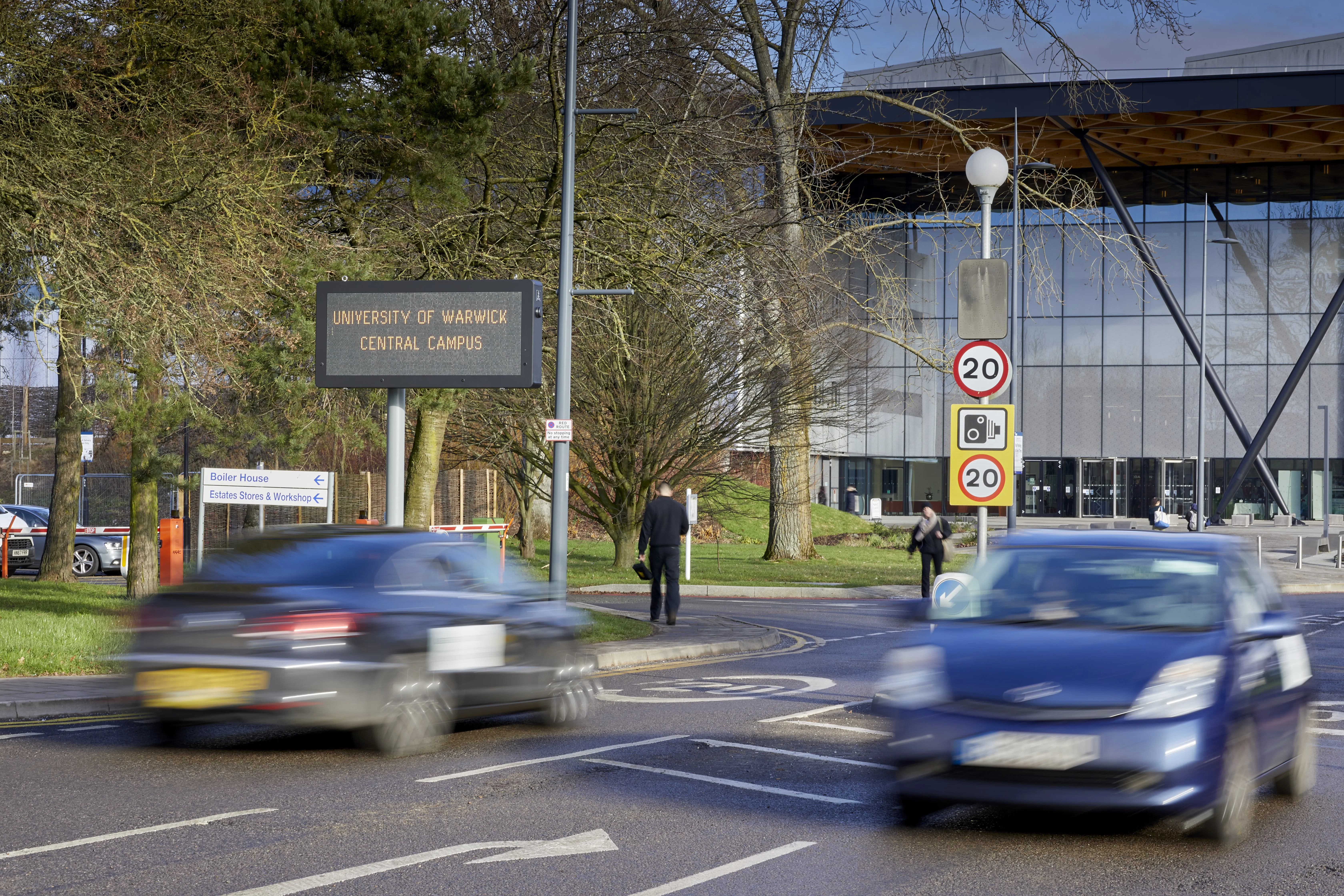UK company AGD has upgraded its AGD 350 traffic control radar, a multi-lane above-ground radar suitable for use on complex junction approaches where stop line detection is required.
October 23, 2017
Read time: 1 min

UK company 559 AGD has upgraded its AGD 350 traffic control radar, a multi-lane above-ground radar suitable for use on complex junction approaches where stop line detection is required.
The maintenance-free 350 now emulates the function of up to 12 inductive loops, detecting approaching traffic at a range of up to 100m and is said to enhance the effectiveness of high-capacity MOVA and SCATS sites, particularly when partnered with the AGD 318 traffic control radar.
The non-intrusive system can be mounted on existing poles, and features Wi-Fi, AGD Touch-setup to simplify the ground-level configuration of multiple units and integration with controllers while also minimising exposure to traffic risk.









